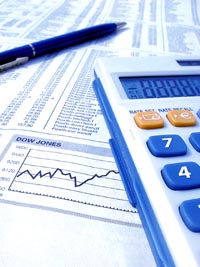Chief Investment Strategist
Easy Double-Digit Returns From No Sales Growth?
Brett Owens, Chief Investment StrategistUpdated: October 27, 2015
Most investors think stock prices always follow earnings. So they obsess over profits – and the sales growth needed to drive them higher.
They’re partly right – but they’re more wrong than right. Their first-level thinking is missing a couple of small but critical nuances.
First, stock prices are quoted per share. When you buy a stock, you’re not buying the entire company. Instead, you’re buying a very small percentage as represented by your shares. So as a shareholder, it’s actually irrelevant to you whether or not your company’s earnings go up in absolute terms. What matters to you is that its earnings per share (EPS) go up year-after-year.… Read more






